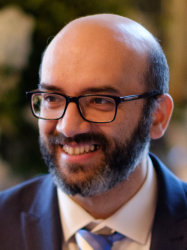BibTex format
@article{Delaney:2013:10.1101/pdb.top079491,
author = {Delaney, KR and Shahrezaei, V},
doi = {10.1101/pdb.top079491},
journal = {Cold Spring Harb Protoc},
pages = {1115--1124},
title = {Uncaging calcium in neurons.},
url = {http://dx.doi.org/10.1101/pdb.top079491},
volume = {2013},
year = {2013}
}

